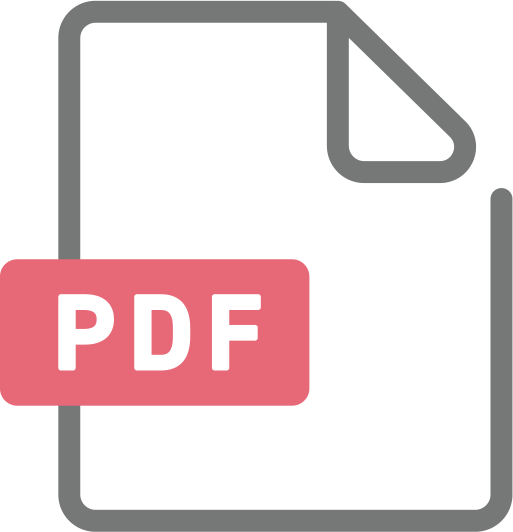Rates of Population Decline in Solow and Semi-Endogenous Growth Models: Empirical Relevance and the Role of Child Rearing Cost
It has been found that population decline may change the properties of growth paths from those in a population-increasing economy in the Solow and semi-endogenous growth models. However, the rates of population decline needed to generate richer dynamics seem too large given the available empirical data and population prospects. This paper first shows that in a semi-endogenous growth model, positive externalities from knowledge accumulation can make such rates of population decline sufficiently small to be consistent with the United Nations population estimates. In the Solow growth model without such externalities, an introduction of child rearing costs could reduce the critical rate of population decline below which richer dynamics emerge. Finally, the economic implications of a child rearing cost are discussed for the Solow growth model with population decline.


